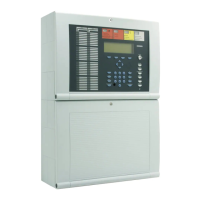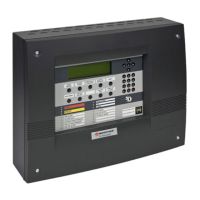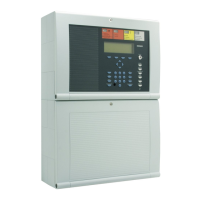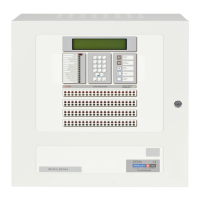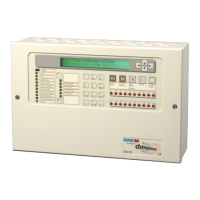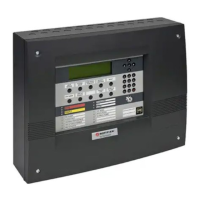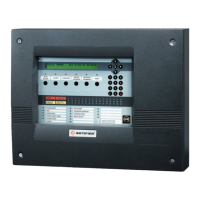What to do if Honeywell Control Panel SLC devices are not being recognized and displays 'Missing' on the annunciator?
- Ppaul18Aug 18, 2025
Check that the SLC loop impedance is within the required range. To measure impedance, use the following procedure. Disconnect both wires from the terminal block at the panel (SLC devices can remain connected). Measure the impedance from positive to negative and from negative to positive. Both measurements should be greater than 500 K ohms. If the installation uses T-taps, test each T-tap individually. Temporarily connect the positive wire to the negative wire of the SLC loop at the point farthest from the panel (SLC devices can remain connected). Measure the impedance from positive to negative and from negative to positive. Both measurements must be less than 40 ohms.


